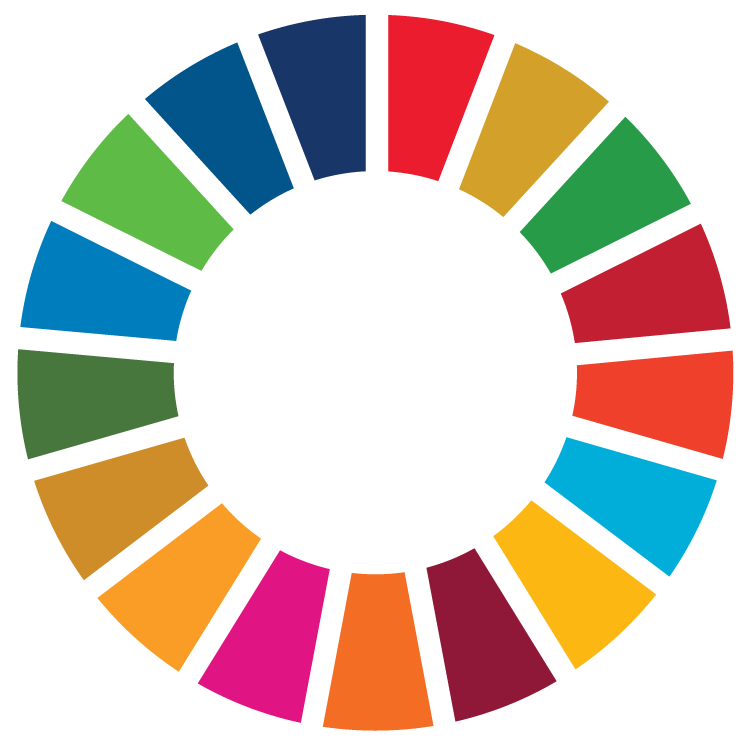The UN Sustainable Development Goal 14 calls for action to ‘Conserve and sustainably use the oceans, seas and marine resources’ and specifically target 14.1 that states ‘By 2025, prevent and significantly reduce marine pollution of all kinds, particularly from land-based activities, including marine debris and nutrient pollution’. Kenya is in the forefront fighting against plastic pollution and is among the first countries in East Africa to have regulations and legislations that limit single-use plastics and sign the Clean Seas initiative to rid waterways of plastic waste. Nonetheless, bans and taxes on single-use plastics alone might not be sufficient to beat plastic pollution; therefore, additional measures that incentivize recycling, recovery, innovation, raise community awareness about the issue of marine debris, could prevent waste from entering the ocean.
For a holistic and effective approach to addressing environmental impacts arising from a combination of coastal development, pollution, urbanization, and accelerating climate change as well as for the development of the country’s sustainable blue economy, Kenya in partnership with the EU launched the Go Blue project.
UNEP and UN-Habitat are jointly implementing Result Area 2 of the Go Blue project “Connecting People, Cities and the Ocean: Innovative Land-Sea Planning and Management for a Sustainable and Resilient Kenyan Coast”. Under this integrated Land-Sea planning component, UNEP and UN-Habitat have activities addressing pollution through sustainable solid waste management in Taita-Taveta County and wastewater treatment in Mombasa County. Furthermore, under outcome 4 of the project, UNEP and UN-Habitat seek to enhance communication and visibility of the Go Blue project by documenting good practices. Key activities proposed under this outcome, are organizing beach and underwater clean-up events. This will aid in raising community awareness about the issue of marine litter. In addition to this, recording data on the trash collected can influence long-term solutions and decision making.

For more information on the Go Blue project, click here.


